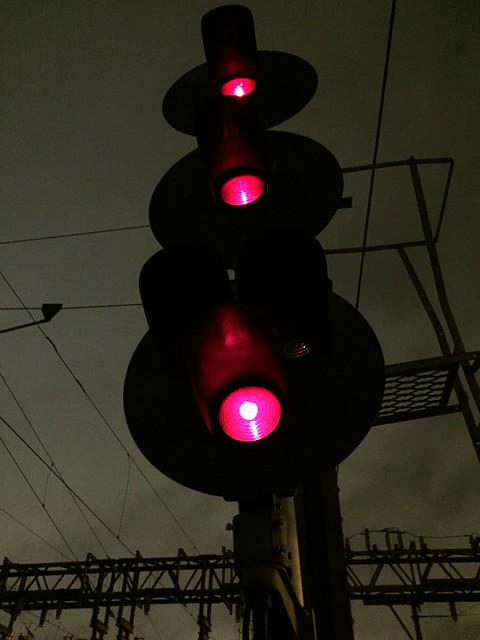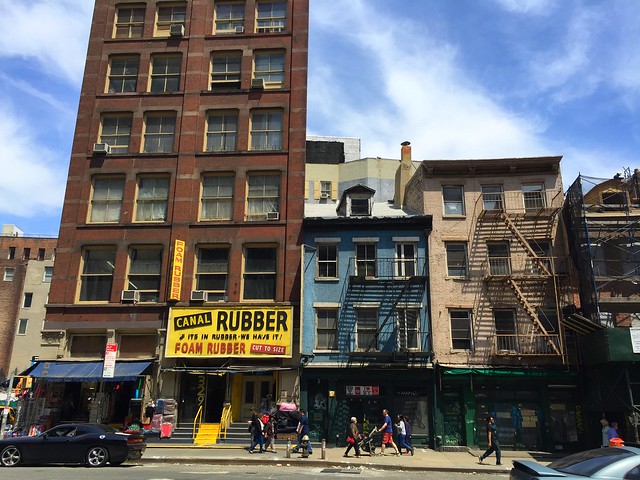

I’m happy to report that The American Conservative, in its New Urbs feature, has published my article about the key factors that shaped Late Victorian urbanism in the United States. My piece focuses on this period before zoning, and explores the physical, legal, economic, and cultural phenomena that drove neighborhood development in the absence of comprehensive plans. I chose this period because it has intrigued me for a long time; and because so much of the New Urbanism of today seems to be imitating the forms of that era without necessarily asking the important questions about the larger context that created them. TAC deserves credit for taking a lead in discussing the important dynamic between urban form, society, and sustainable communities. Here’s a nice piece by executive editor Lewis McCrary about the walkability of New Jersey shore towns, many of which I have walked through, and many of which have an urban fabric that dates from the same period that my article describes.









You must be logged in to post a comment.